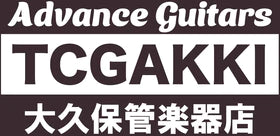Focusing on Fender Stratocaster, we have compiled a collection of knowledge ranging from common knowledge for those who love electric guitars to knowledge that you might think "huh? We'll be posting tidbits of knowledge on X (formerly known as Twitter) on a daily basis, as well as reporting on what's going on in the world of "Learning with Oda".♪This column is a compilation of the previous 4 columns. This column is a compilation of the series!
It doesn't mean that you will get better at playing the guitar or anything, but I would be happy if you could think, "Wow! (But knowing more about guitar = liking guitar more = practicing guitar more = maybe getting better at guitar!) I myself am writing this while thinking "huh", so let's "huh" together!
